Text
Final Project
“Hidden figures behind a mask“
In my art, I captured the unpleasant and unfavorable memories throughout the history of the pandemic on the south side of Chicago. Capturing these photos with black and white effect expresses the state of mind and feelings behind these photos. The lives lost, loneliness, sadness, depression, and stressful levels that this pandemic has caused millions of people. Lighting adjustments and blurring the background to define the features and pain behind every image. Ask yourself, how has this pandemic affected you? Throughout this pandemic my family and I have lost jobs, other family members, money, chances of getting traveling experiences and much more.
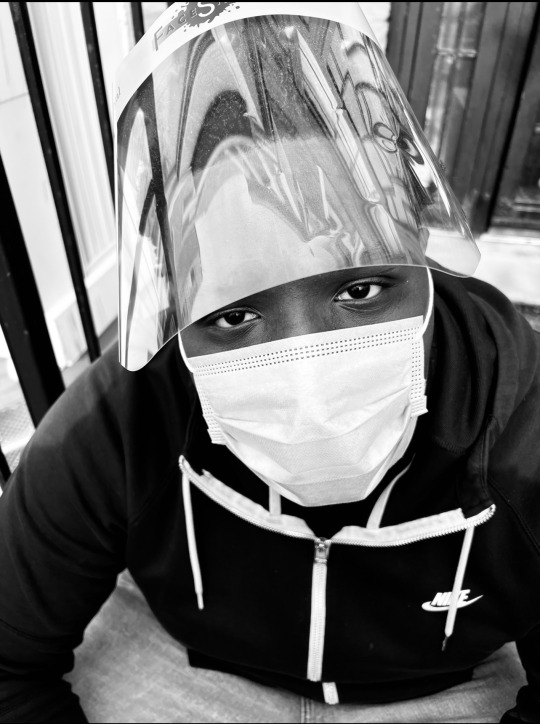
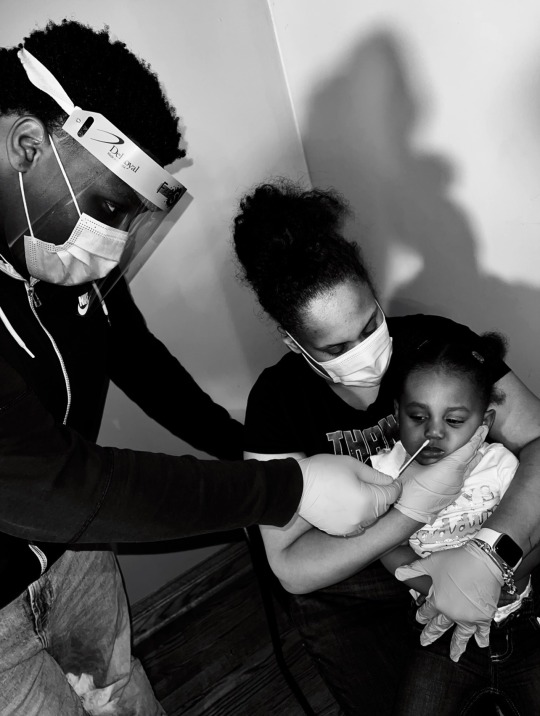
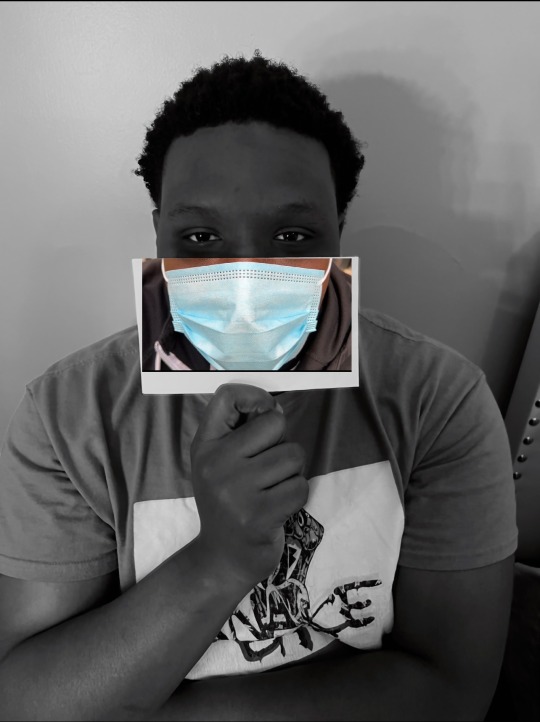
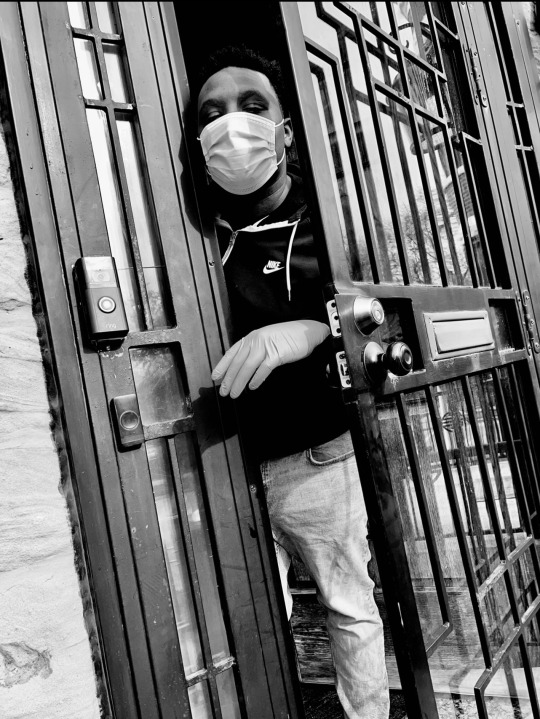
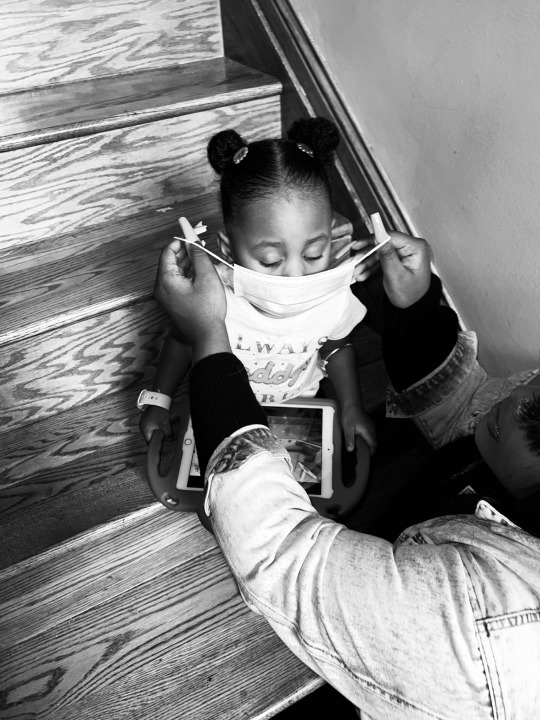
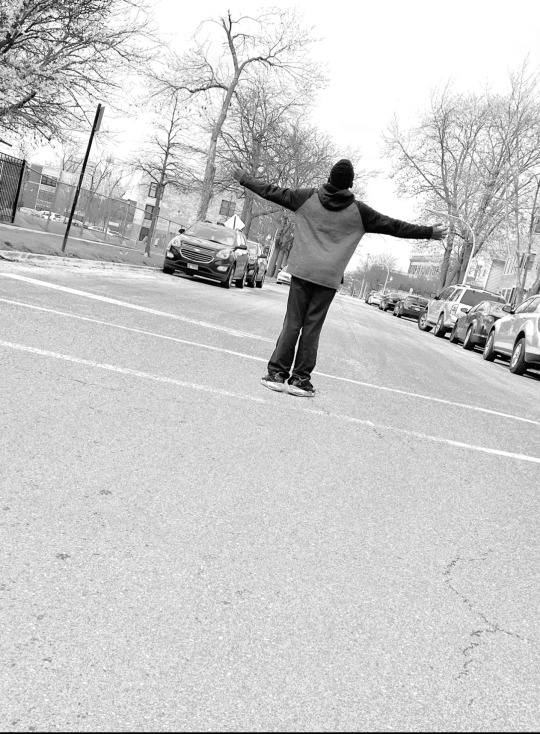
0 notes
Text
QCQ #6 & lab 13
Highlights terms/ main idea:
Definition of a poor image is considered a contemporary wretched of the screen.
The poor image thus constructs anonymous global networks just as it creates a shared history.
Interesting/ confusing quotes:
“The poor image is no longer about the real thing—the originary original. Instead, it is about its own real conditions of existence: about swarm circulation, digital dispersion, fractured and flexible temporalities.” (interesting)
“The circulation of poor images thus creates “visual bonds,” (confusing)
QCQ:
Quote:
“The poor image is no longer about the real thing—the originary original. Instead, it is about its own real conditions of existence: about swarm circulation, digital dispersion, fractured and flexible temporalities.”
Comment:
To me this quote means it is not about the photo you took; it is about the intentions behind the photo and what can be fixed about it. I am not the person to look back on my poor photos, but I keep them anyways if I have the storage. Seems odd that something that you have no intention to change can come about and know that there is a possibility that you can change it.
Question:
Why is it important to fix poor images, or know how to fix them?
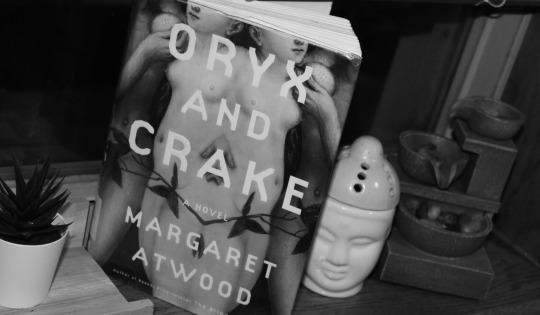

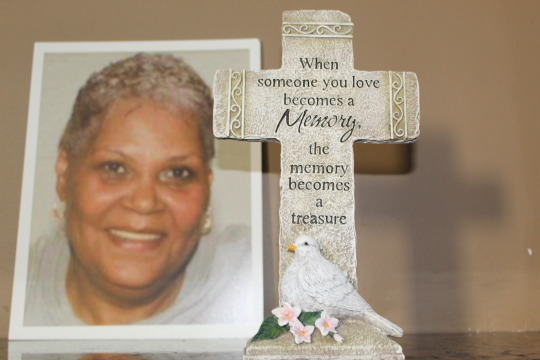
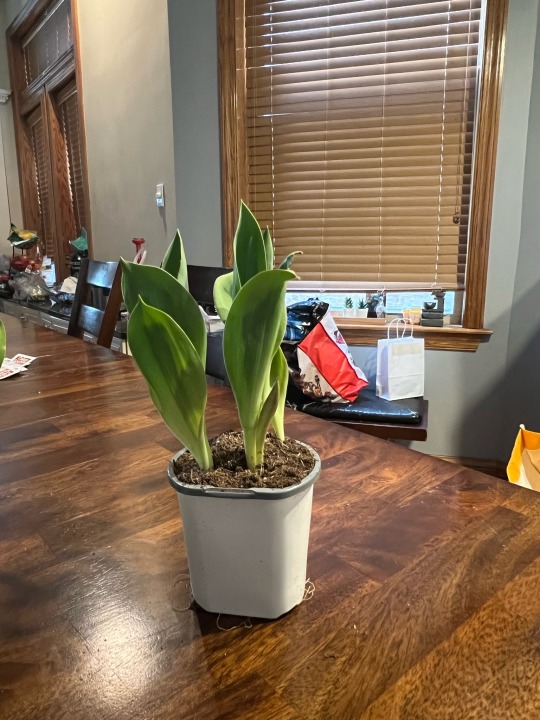
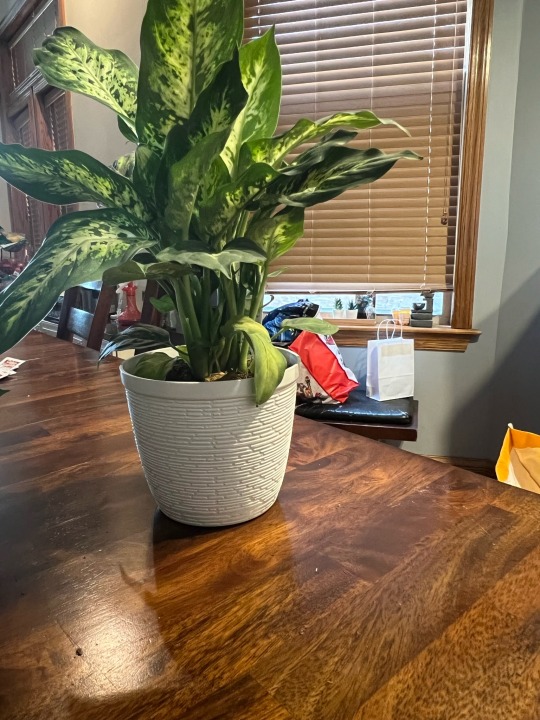

0 notes
Text
Lab #11 Magic Cut Background
Im proud of my progress
Magic cut photo
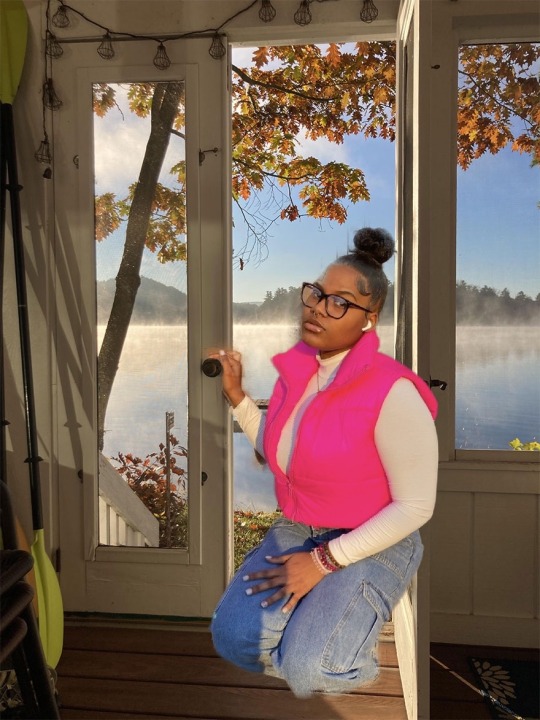
Original photo

0 notes
Text
Lab #10 Removing greenscreen
I wasn't sure if we need to use our own picture or not........

0 notes
Text
Lab # 9 ( Light balance)
Before light adjustment
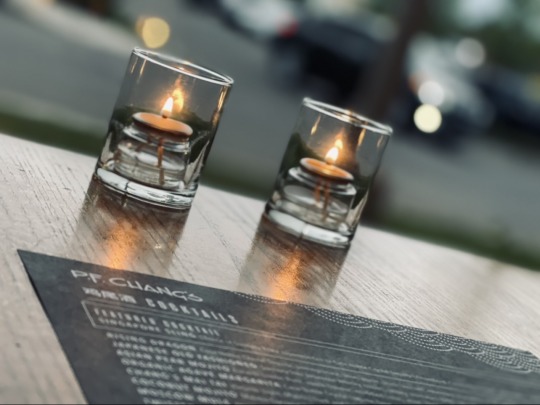
After light adjustment
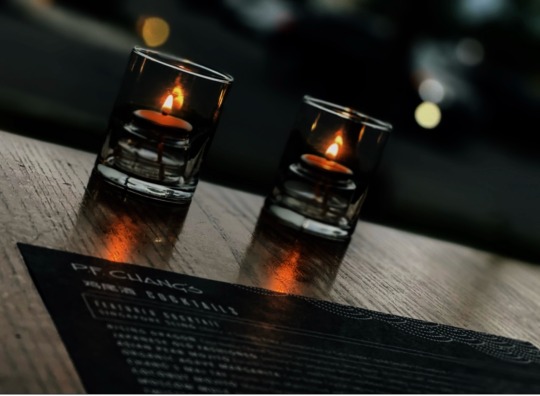
0 notes
Text
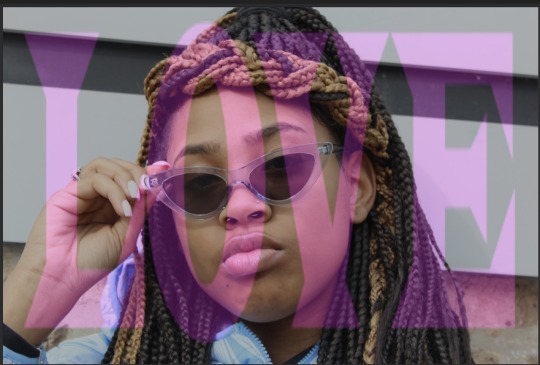
Lab 8
Photo text, I did not completely finish properly but I struggled bad and the video did not help me as much
0 notes
Text
QCQ #5
Quotes:
In the film "Frida Kahlo & Tina Modotti" (1983) - Frida Kahlo “Lived in pain and crisis with her own body. By painting herself portraits she transcribed her injuries into emblems and allegory.”
From the Reading Frida Kahlo and Tina Modotti" by Laura Mulvey and Peter Wollen “we can make a social art without giving up pure art”
From the reading Regarding Family Photography in Contemporary Latinx Art by Deanna Ledezma “Family photos are particular sorts of images embedded in specific practices,”
Comments:
Frida Kahlo:
She explained in her work how she lived in pain. She paints herself because she knows herself more than any other person. She paints features and during that process it seems like an emotional thing for her. She not the most attractive person (not to be rude) but she Is pretty. I feel like as a woman she has a lot of confidence to paint herself and love it. I absolutely love confidence and to me a person's confidence is enough for me.
Laura Mulvey:
This quote stuck out, I do not 100 percent know the meaning, but I would like to because this quote is interesting and for some reason, I understand it in a way. What is the definition of pure art, what makes are if anything can be art?
Deanna Ledezma:
The quote is not the most interesting, but I picked It because it is what stuck out to me, I did not have a fun time reading however when it came to that part I liked it.
Questions:
What is the definition of pure art if anything can be art?
Is it creativity that makes art?
0 notes
Text
Lab four Photo Pea Contact sheet
Next time I will do better on lining them up correctly ,that was a struggle for me.
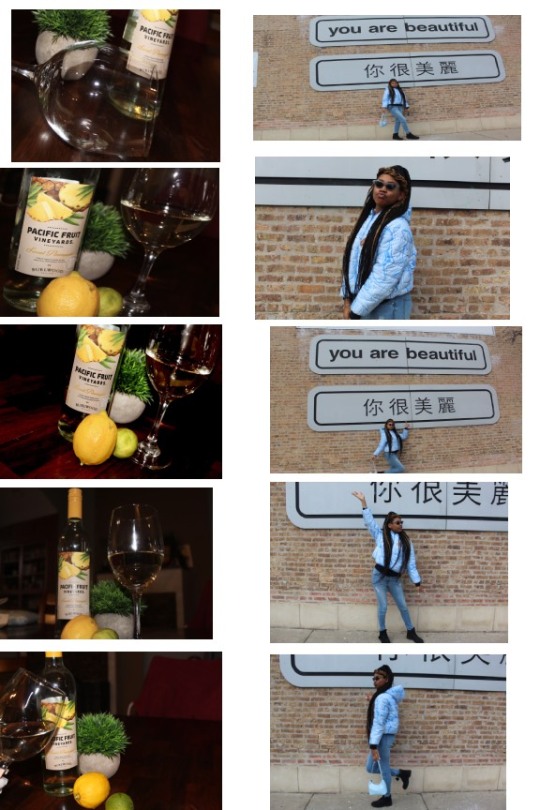
0 notes
Text

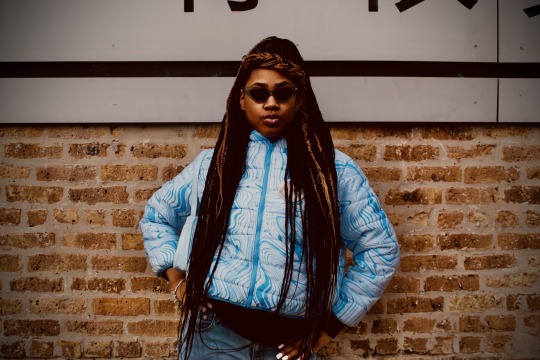
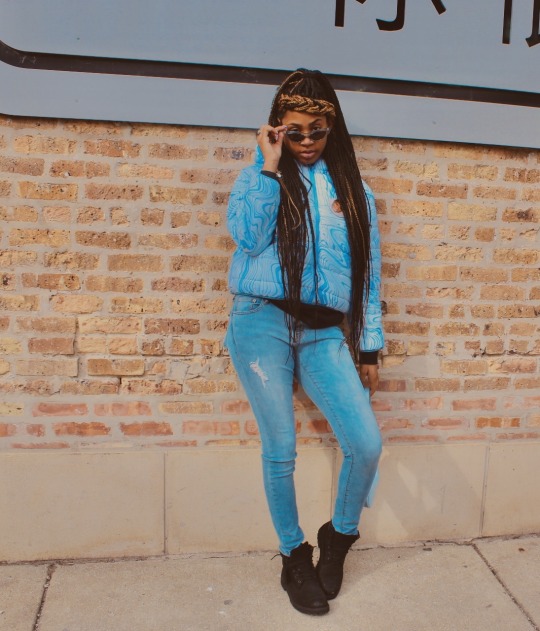
“The story that lies beneath”
Miracle Brown
19yrs old
Full Time College Student
Modeling & Creative Writing

#Portraiture Midterm project
1 note
·
View note
Text
QCQ #4
Quotes:
In the article “A True Picture of Black Skin by Teju Cole” writer Cole said “circumstances. In our time, as in previous generations, cameras and the mechanical tools of photography have rarely made it easy to photograph Black skin. The dynamic range of film emulsions, for example, were generally calibrated for white skin and had limited sensitivity to brown, red or yellow skin tones. Light meters had similar limitations, with a tendency to underexpose dark skin. And for many years, beginning in the mid-1940s, the smaller film-developing units manufactured by Kodak came with Shirley cards, so-named after the white model who was featured on them and whose whiteness was marked on the cards as “normal.””
In the film “Through a Lens Darkly by Thomas Allen Harris” photographer Carla Williams said ‘family photographs are evidence that we existed, and that we have a history and that we have lives that had been largely invisible”

Comments:
Teju Cole:
In the article the quote that stuck out to me was knowledgeful and useful information. When I was learning my history, I did not know why the camera never complemented Black skin, it was not too surprising that cameras were only made for white people. Cameras for generations were made to brighten up for the lighter and whiter skin and left with sensitivity for the brown, dark, and yellow skin completions, leaving very few features. But as a brown skin person I find these pictures amazing anyway. The women and men are amazing looking people with beautiful face structures and charming eyes, and amazing body structures.
Carla Williams:
In the film as they were showing the photos, some of the photos were disturbing, whites saw people of color less than humans it was hard on my end to understand why after seeing most of these photos... were they jealous of the beauty, and no matter what they did to harm them it was impossible? The images and cartoons that were created pissed me off. What was the reason? When colored people were allowed to take photos that's when stereotypes of Black people came out such as thieves, and Black people love watermelon, and they are in gangs and come in and out of jail. When the photographs showed different. On the other hand, Black men that fought in the war took pictures showing and wanting to prove that they existed and fought for freedom and that Black man was a part of freeing the slaves and not what claimed to only be “Abraham Lincoln”
Question:
Why do you think fake images and stereotypes of was placed on colored people after slavery?
Black slaves could not look their master or other whites in their faces, but they could look directly at the camera. What message did you get just by looking into their faces/eyes?
Do you think cameras today meet the standards of capturing the melanin of a Black person?
1 note
·
View note
Text
QCQ #3
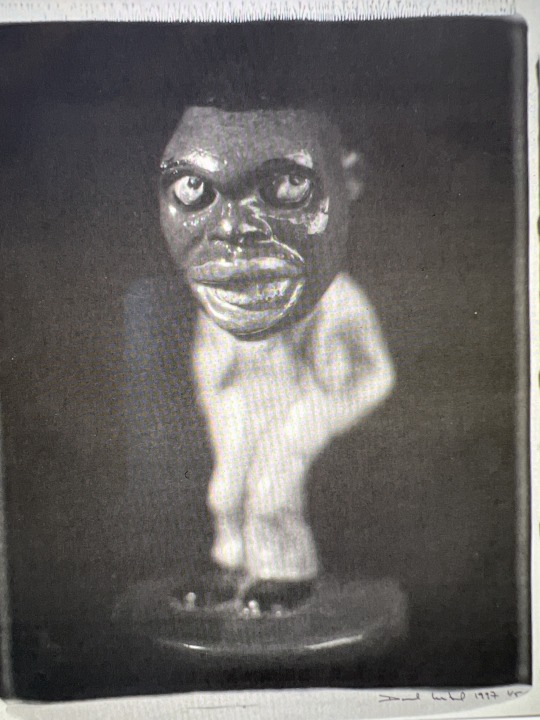
David Levinthal; 1997 Untitled
Quotes:
In the article Exploring racism Through photograph, one of the paragraphs talks about one of the reminders of racism and the background information on Photographer David Levinthal work:
“These mass-produced objects that included toys, cookie jars, and lawn jockeys were particularly popular in the American south where much of the White population supported slavery and felt anger at being forced to accept freedom for African American”
In the article Looking Beyond Property - Native Americans Photography by Curtis Marez
geographer David Harvey said, “photographs are now construed as evidence of a real history, no matter what the truth of that history may have been,”
Comment:
David Levinthal:
I know that there is still racism in the world and people may say things to hurt feelings because of the color of their skin. However, I've never in my years of living came across this type of information. I did not know that toys were made to look like people of color and was kept as a reminder to white people of the slavery days. As a Black American woman, I would look at this piece as a reminder of the beatings and suffering and the hope of freedom before and after slavery. people of color were still hated after slavery which is why things like toys and characters from T.V shows was created so that others could look down on the Black people and see us less than. whites hated to fact that Black people had freedom, some would convict people of color of crime that they did not commit, for free labor and to send another Black person to jail for the rest of their life.
David Harvey:
Harvey quote goes perfectly as a main idea to me personally. I say that because every statement that is considered a fact needs evidence. Pictures as always been proof of history, it reminds me of the last QCQ when photographer Ross McElwee took photos as evidence that the community that she resided in was getting blindsided by the city. On the other hand, photographer David Levinthal was the artist that captured a picture that says a lot about history itself. Just like many other things that happened throughout history that people these days would not understand or just could not believe without proof. Photographs speaks for themselves and just like Havey say “photographs are now construed as evidence of a real history, no matter what the truth of that history may have been,”
Question:
When you look at Levinthal’s photo knowing the information about the piece. What are your thoughts on what this piece was used for?
What would you consider proof other than photos?
1 note
·
View note
Text

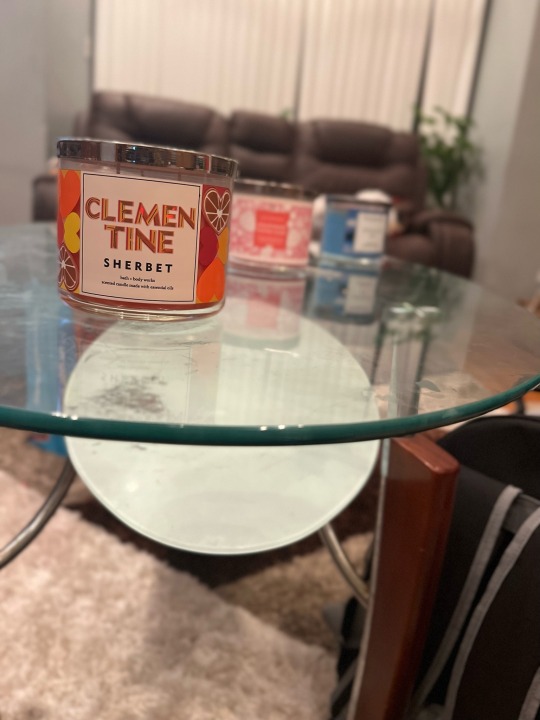
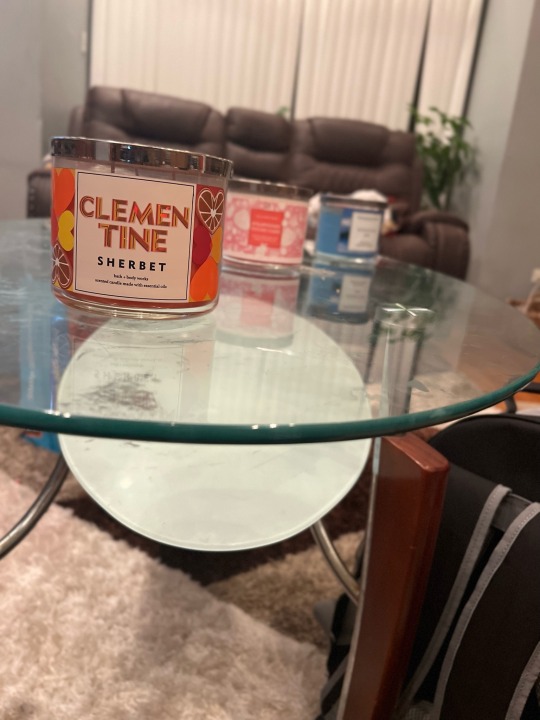
Lab 4 : focus image
1st : Shallowsmall
2nd: Medium
3rd: Large
1 note
·
View note

















